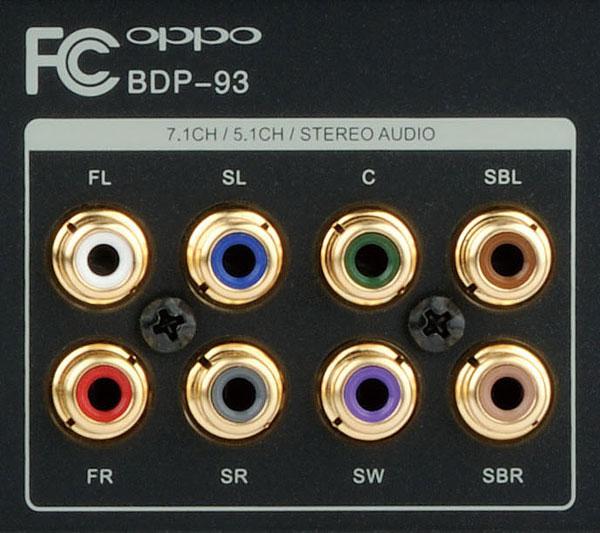At the last SONY training I went to back this last May, we were given a great demo of HD audio vs. SD audio, using a SONY Sound Bar HTIB system that had both HDMI and Optical in coming from a Blu-Ray player.
The demonstrator first had the Blu-Ray Configured for the HDMI connection and played a demo clip from Terminator Salvation.
Even through the soundbar we could hear that it was very CLEAR and RESOLVED sound.
Then he switched to the optical connection, and we totally lost all the dynamics.
Then we switched back to HDMI and it was VERY CLEAR how important the HD audio signal is to the experience.




























































